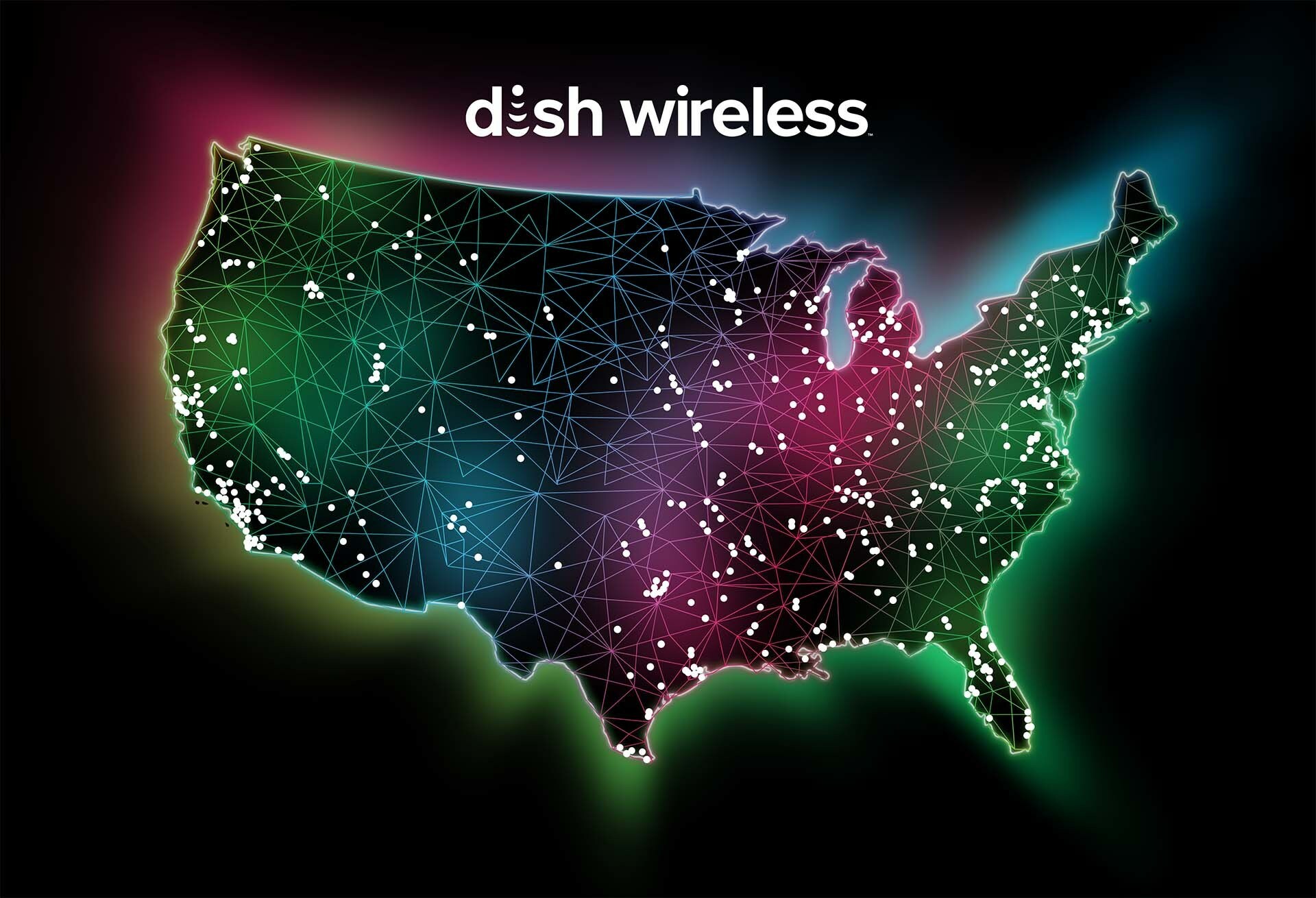Netflix could become the primary pay-TV source for Latin America
Netflix, a growing but still supplemental source of pay television in the United States and Canada, is now on the verge of becoming the primary programming source for Latin America, a prominent financial analyst has written.
In a recent research report, Goldman Sachs’ Latin America telecom analyst Lucio Aldworth noted that Netflix may have the opportunity to not just supplement pay TV but to replace it in Latin America. The combination of low pay TV adoption, as well as growing broadband penetration, means that Netflix could become the primary subscription video service that many Latin American consumers pay for.
While low broadband penetration could be a limiting factor for adoption of its streaming video service, Aldworth said, that is largely outweighed by a lack of competition in the region. That’s true not just for other streaming services, of which very few exist outside of Brazil’s NetMovies, but for subscription video services in general. In some markets — most notably Brazil and Argentina — broadband penetration is actually greater than pay TV adoption.
“Competition from pay TV providers (and TV Everywhere-like services) is weak if not non-existent in Latin America, as pay TV penetration is still less than 25 percent in Latin America vs. more than 90 percent in the U.S.” said the Goldman Sach’s report. “We believe that consumers without pay TV subscriptions could potentially choose to subscribe to Netflix instead of pay TV to supplement their free-to-air viewing.”
Aldworth estimated the average broadband speed in the region to be about 2 Mb/s, compared to about 5Mb/s to 6Mb/s in the United States. While that’s not enough to get full-screen HD quality to connected TVs, it’s good enough for Netflix’s “good” streaming quality, which is set at about 700kb/s for video and audio.
There’s also the issue of broadband caps, which cropped up in Netflix’s Canadian roll-out and could affect its adoption in Latin America as well. Some Brazilian ISPs have caps as low as 10GB of data, which represents about 30 hours of content on Netflix’s lowest quality, or about 15 to 20 movies a month. But that’s assuming subscribers aren’t doing anything else with their broadband connections.
Goldman Sachs said Netflix has claimed about 75 percent of movie viewership, and half of TV viewership is produced in the U.S. Because Netflix is effectively creating a brand new revenue stream in a relatively untapped market (and helping to fight DVD piracy in the process), Goldman Sachs believes it was able to get good terms for catalog content in a region where studios weren’t able to monetize those assets.
Get the TV Tech Newsletter
The professional video industry's #1 source for news, trends and product and tech information. Sign up below.
Now, the only thing holding Netflix back in Latin America is having a recognizable brand throughout. The streaming service was able to achieve eight percent penetration of the broadband market in Canada in only six months. But unlike Canada, where it had brand recognition due to proximity to the U.S., many potential users in Latin America have no idea what Netflix is.
As a result, Goldman Sachs expects the adoption rate to be much slower, and the amount of time it takes to break even in Latin America to be about twice as long as the 12 months Netflix expects it to take its Canadian venture to break even.
